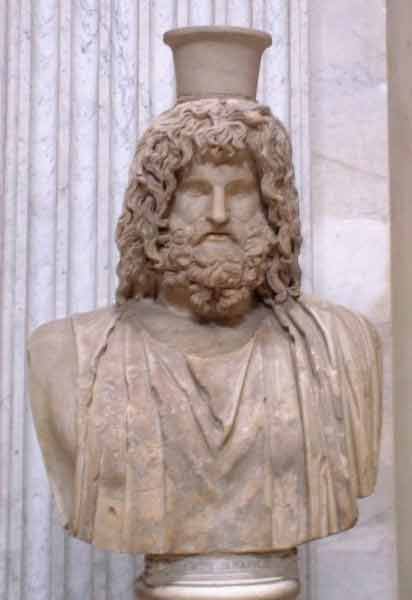 Temple
of Isis and Serapis
Temple
of Isis and SerapisThe Egyptian Temple of Isis and Serapis was located on the Campus Martius. Despite the laws passed by the Senate making it difficult to worship Isis and her husband Serapis, the cult continued to flourish outside the official walls of Rome.
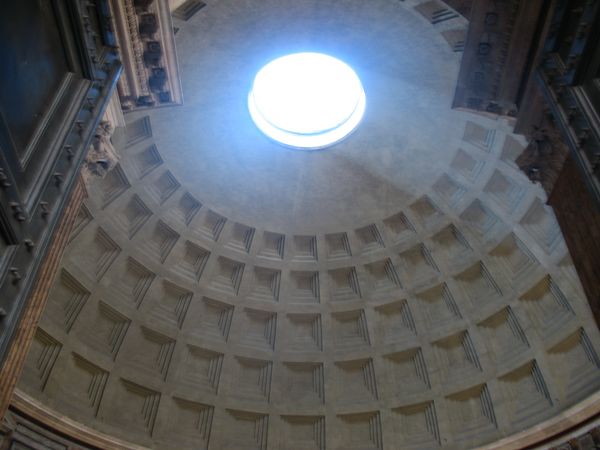 Pantheon
PantheonBuilt by Augustus’s most trusted friend, Marcus Agrippa, the Pantheon was a temple on the Campus Martius dedicated to all the gods of Ancient Rome. Its vast interior and “honeycombed” ceiling made it one of the most remarkable buildings of its time.
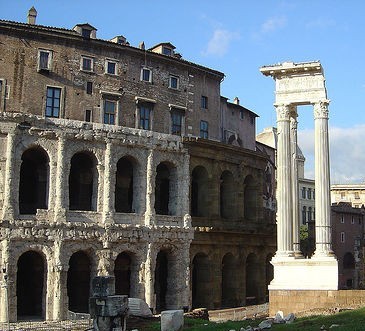 Temple of Apollo
Temple of ApolloOne of two temples to Apollo in Rome. This temple was built on the Campus Martius next to the Theatre of Marcellus and the Portico of Octavia. The second temple was built on the Palatine Hill and was connected to Augustus's house.
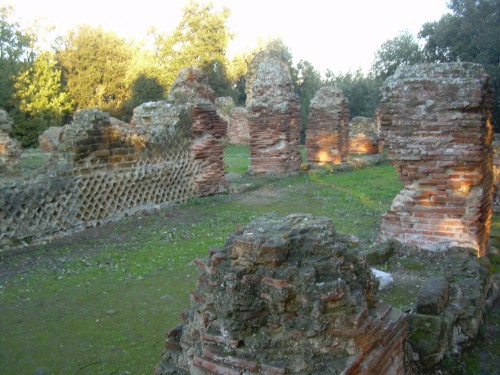 Temple
of Jupiter
Temple
of JupiterThe Temple of Jupiter was located on the Capitoline Hill and considered to be the greatest temple in ancient Rome.
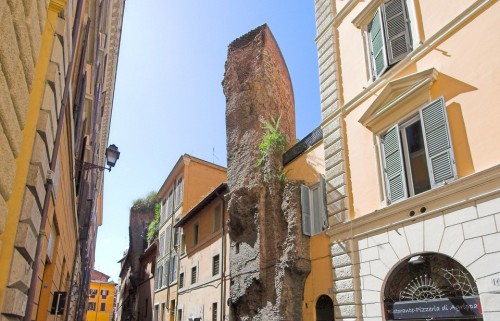 Baths
of Agrippa
Baths
of AgrippaThe Baths of Agrippa were built by Marcus Agrippa and were the first baths of any considerable size constructed in Rome.
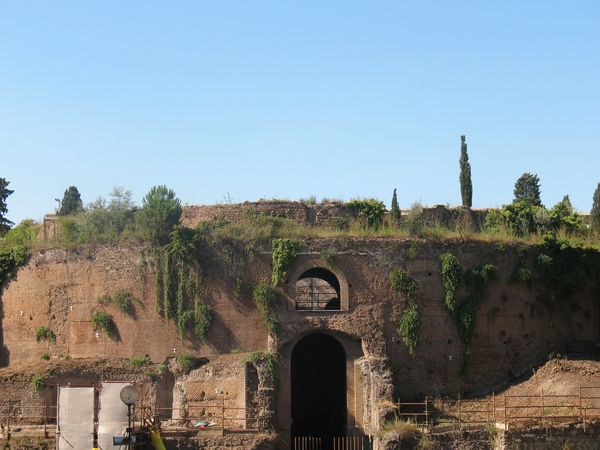 Campus
Martius
Campus
MartiusThe Campus Martius, Latin for “Field of Mars,” was an area of nearly 600 acres near the Tiber River where soldiers, athletes and children could practice horse riding, play ball, or swim. The fields were surrounded by buildings such as the Pantheon, the Baths of Agrippa, the Ara Pacis (Altar of Peace), and the Temple of Isis and Serapis.
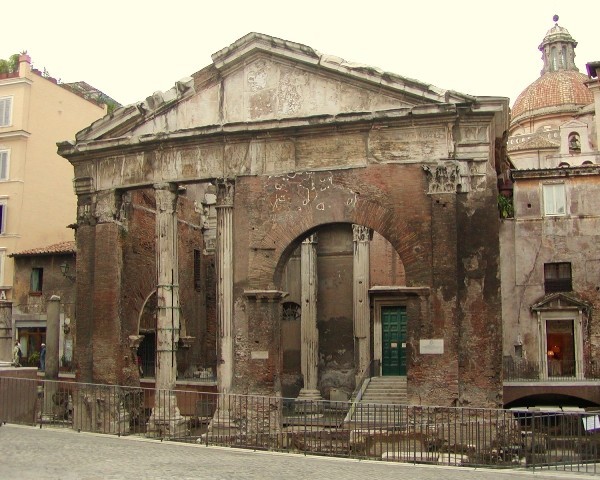 Portico
of Octavia
Portico
of OctaviaThe Portico Octavia was built by Augustus in honor of his sister, Octavia Minor. The colonnaded portico housed the temples of Jupiter Stator and Juno Regina. It was also next to the Theater of Marcellus; Marcellus was Octavia’s son.
 Temple
of Saturn
Temple
of SaturnThe Temple of Saturn stood at the western end of the Roman Forum and housed the Sacred Treasury.
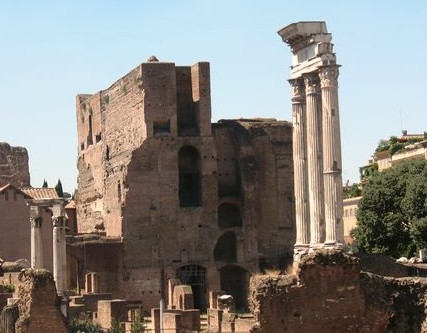 Roman
Forum
Roman
ForumThe Roman Forum was located between the Palatine and Capitoline hills and was the most important area in Rome. The Forum housed the Regia (home to the ancient kings), innumerable shops, and the Roman Senate.
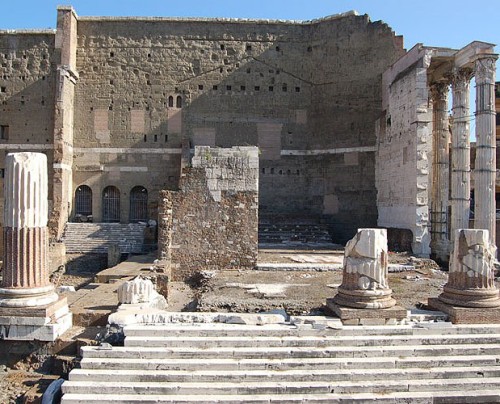 Temple
of Mars Ultor
Temple
of Mars UltorAfter winning the battle of Philippi in 42 BCE, Augustus vowed to build a temple honoring Mars, the Roman God of War.
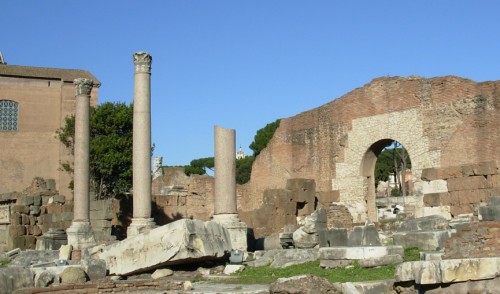 Basilica
Aemilia
Basilica
AemiliaThe Basilica Aemilia was a public basilica in the Roman Forum. Shops filled the basilica.
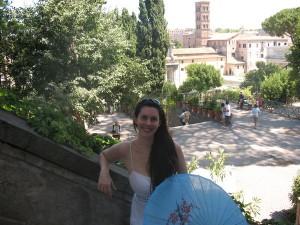 Palatine
Hill
Palatine
HillAt 40 meters high, the Palatine Hill overlooks both the Roman Forum and the Circus Maximus. According to mythology, the Palatine Hill was the location of the cave (the Lupercal) where the abandoned infants Romulus and Remus were found by a she-wolf that fed them and kept them alive. When Romulus and Remus reached adulthood, they built a new city on the banks of the Tiber River. After a violent argument, however, Romulus killed his twin brother Remus. The surviving brother, Romulus, founded the city of Rome.
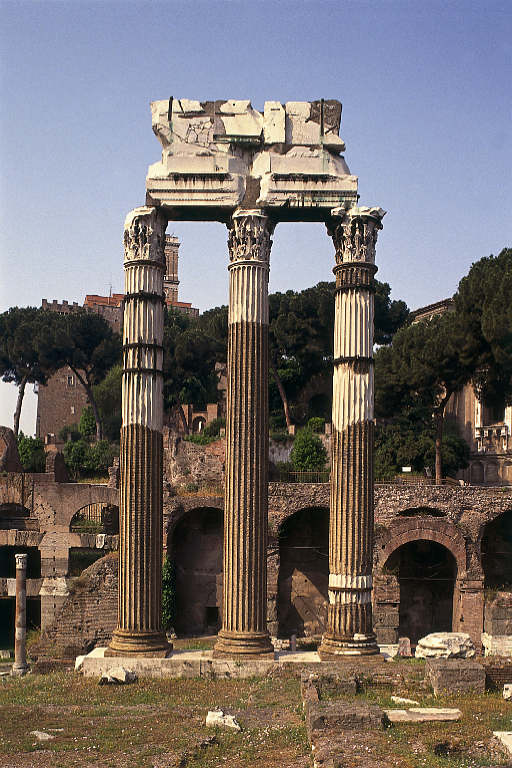 Temple
of Venus Genetrix
Temple
of Venus GenetrixThe Temple of Venus Genetrix was built for the Roman goddess of motherhood and domesticity. Located in Caesar’s Forum, it was dedicated in 46 BCE by Julius Caesar and housed a statue not only of Caesar himself, but of his mistress Queen Cleopatra. Inside the temple walls visitors could also see famous works of art and rare gems.
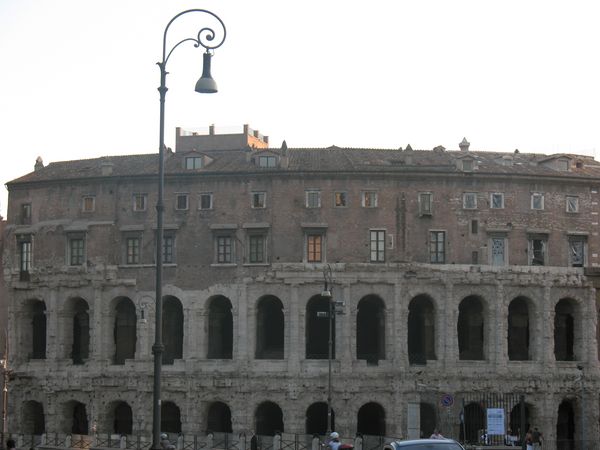 Theatre
of Marcellus
Theatre
of MarcellusThe Theatre of Marcellus was named after Augustus’s nephew, Marcellus. The architectural style incorporates three types of columns: Ionic, Doric, and Corinthian.
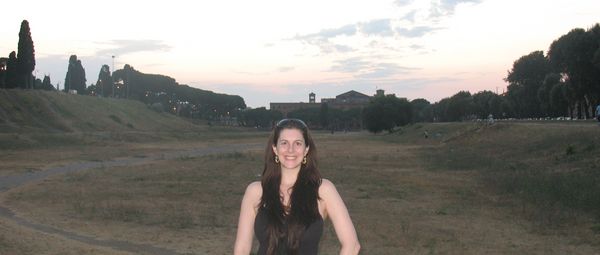 Remains of the Circus Maximus
Remains of the Circus MaximusThe Circus Maximus was a massive hippodrome nestled between the Aventine and Palatine hills. The largest circus in ancient Rome, it hosted chariot races where spectators could place bets on their favorite teams: the Reds, the Whites, the Blues or the Greens.
 Tiber
Island
Tiber
IslandTiber Island is the only island in the Tiber river. It is approximately 270 meters long and 67 meters wide.
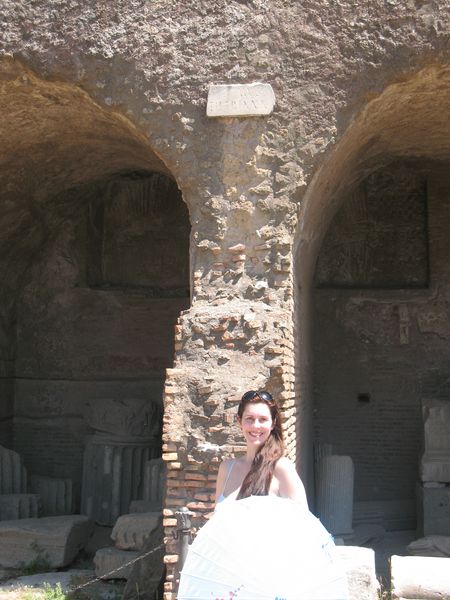 House
of Augustus
House
of AugustusThe House of Augustus (Domus Augustana) was built on the Palatine overlooking the Circus Maximus. Its frescoed walls and painted triclinium can still be seen today.
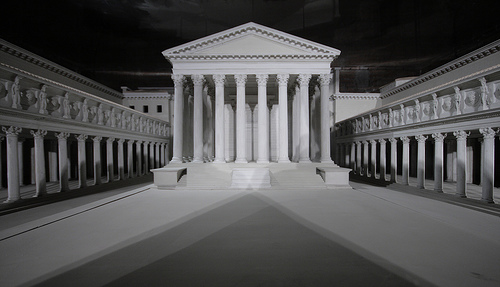 Forum
of Augustus
Forum
of AugustusConstruction on the Forum began in 20 BC and included a temple honoring Mars, the god of War. The Forum was also filled with statuary honoring gods, goddesses, and great men of Rome.